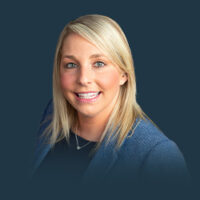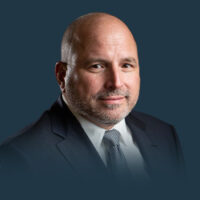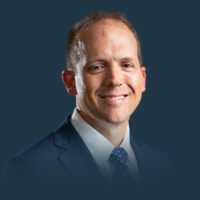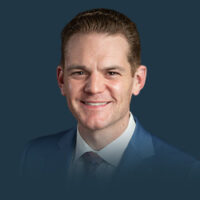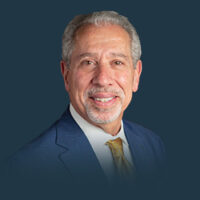What a difference a year makes. This time last year, markets were riding high, the economy was on a roll and people seemed confident as we worked our way out of the pandemic.
Almost like a light switch, those sunny days of 2021 clouded over in 2022, with rising oil prices, falling markets, inflation, higher interest rates, and the war in Ukraine.
But there is opportunity out there, and those who sit on the sidelines might miss out on gains they never knew were possible. I’m not talking about timing the market, pulling money out and hoping to catch a green wave back to the positive. Those schemes hardly ever work.
Market declines offer good opportunities to clean up portfolios by adjusting or reallocating assets so they’re ready when markets turn around. This is also a great time to revisit the team you have in place to manage your financial life. Given the current market climate, a proactive team can make all the difference.
That brings us to tax-loss harvesting, which is another form of investor housekeeping. The practice allows investors to reduce tax liability by selling equities at prices that are lower than they were when purchased. Investors can take losses and use them to reduce the size of capital gains, which are taxable. Losses can be applied in the current tax year or they can be used in subsequent years.
Now that we’ve tidied our equity holdings and tended to next year’s tax bill, this may be a good time to build diversification. Inflation is picking up steam, and interest rates are going higher. Fortunately, there is something an investor can do. Private equity, real estate and private debt are among several solid private-market investment options people can use to diversify portfolios with investments that are not tied to the public equities market. These vehicles also can turn the tide of rising interest rates in the investor’s favor while keeping pace with inflation.
It’s important to keep in mind that volatility is an inevitability. As a matter of fact, the stock market, on average, experiences a 5% decline about three times a year, a 10% decline once a year, and a 20% decline about once every six years. A good example might be the S&P 500 falling by 12% earlier this year before regaining ground in March. Amid today’s economic uncertainty, there is plenty to be optimistic about as we look ahead. Consumer demand is strong, and S&P 500 earnings are expected to set a record in 2022 and another in 2023.
But this is no time to sit and wait. Now is the time that your team of professionals should be reaching out to address any concerns and analyzing any possible action that needs to be taken. The market is ripe for a little housekeeping.
